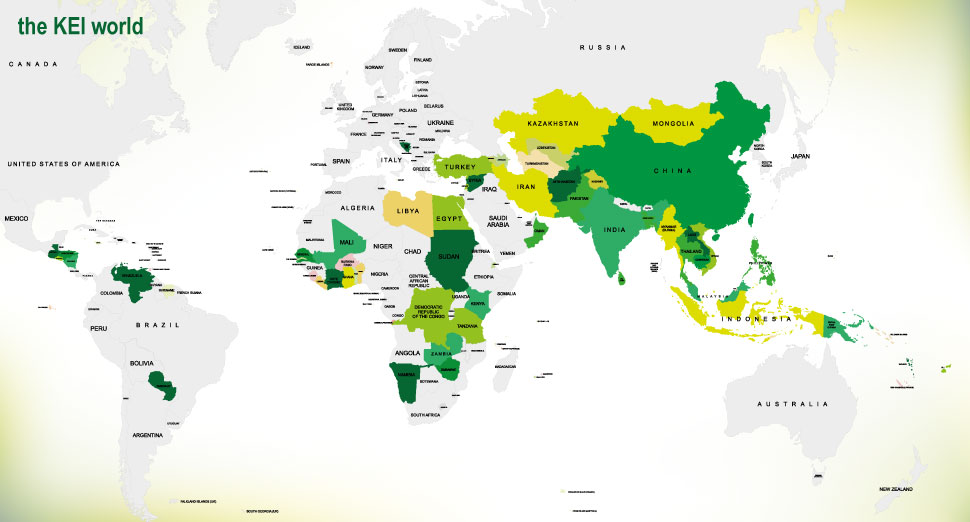Once cities reach a certain size and level of wealth, urban commuter railway systems become economically and financially viable. However, the implementation of a commuter rail system requires careful consideration of land use and transport planning, financing, and generally presents a number of engineering challenges.
KEI has carried out railway project studies for Manila, covering the linkage between three railways across the sixteen cities forming the urban area. KEI developed methodologies and techniques to increase ridership capacity by 160% on the first and oldest line. KEI was also responsible for the detailed engineering design and construction supervision of Manila’s second line (LRT 2), with a length of 13 kilometers and 11 stations. The route runs mainly above ground on viaduct, with a short tunnel section. KEI also carried out planning for Line 3 to align with adjacent structures such as existing road bridges, buildings and retail centres.
KEI’s urban railway work uses the varied resources of the firm, supplemented where necessary by external specialists. In particular, the highest standards of project management are required to deal with the design management and construction scheduling of complex multidisciplinary work. The construction work is carried out above and below busy city streets, where safety provisions and traffic control are paramount.





